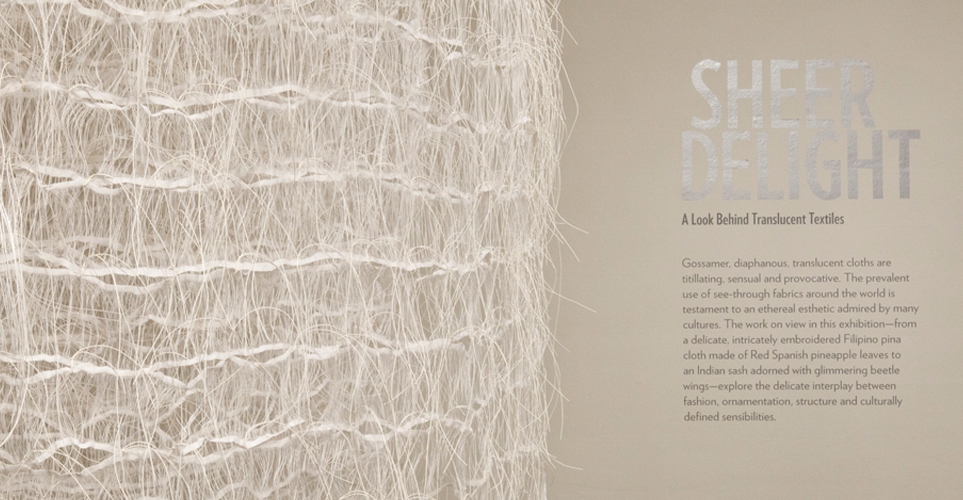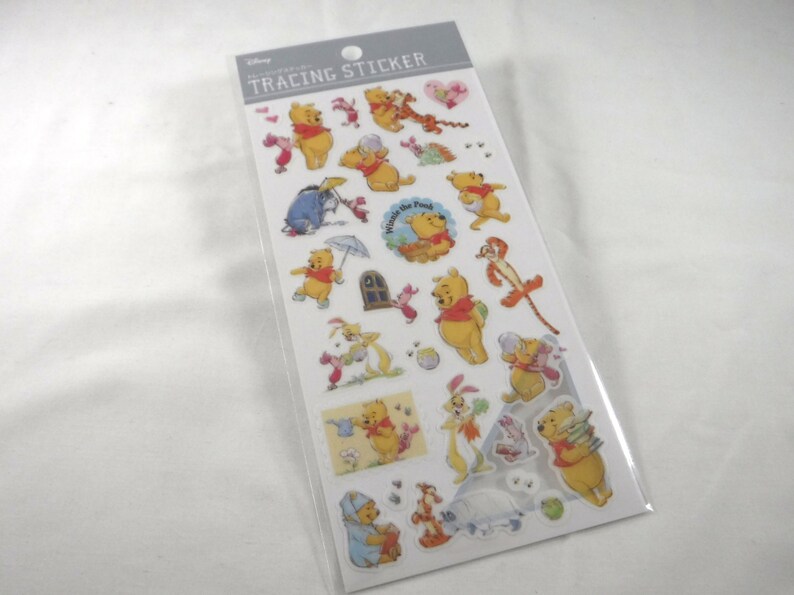

It is a sustainable timber grown in the colder climes of Japan and is renowned for its fine, almost indiscernible grain. Shina ‘Tilla Japonica’ is the most popular wood for Mokuhanga in Japan. Shina ‘Tilla Japonica’, Magnolia & Katsura Printmaking Wood The surface can be sanded very smooth or brushed with a wire brush to emphasise the grain so that you can incorporate it into your print. JAS Baltic Birch Plywood is grown in a cold climate which produces a wood with a tight and fine grain, and has layers of birch throughout meaning the core has less voids than other plywood. Baltic Birch Plywoodīaltic birch plywood can be used with oil or water based ink, and is well suited to traditional Mokuhanga technique. We stock a wide range of wood for woodcut printing, ready cut to convenient sizes.

As always, inspiration is taken from diverse traditions and today we can see many printmakers mixing up techniques and materials from both Western and Eastern practices in order to create the effect they want.Ĭutting tools used for Mokuhanga Woods Used in Woodcut Printmaking Japanese woodblock printing is a craft of discipline and sensibility where the materials and tools, developed from very early Chinese methods, have become arguably some of the best in the world. The process yields markedly different results to western printing technique by printing with water-based inks combined with Japanese Nori starch paste the results are subtle and delicate, while Western woodcuts tend to produce bolder results. Mokuhanga or traditional Japanese woodblock printing holds particular appeal thanks to the use of non-toxic, water based inks as well as the lack of need of a printing press. The expressive and organic qualities of woodcut are a big part of the process’ appeal and perhaps a reason why its popularity has been on the rise in recent times. Japanese cutting tools for Mokuhanga The Appeal of Japanese Woodblock Printing or Mokuhanga


 0 kommentar(er)
0 kommentar(er)
